Ever looked out your window and wondered why your once-vibrant perennials are ghosting you faster than your ex’s texts? If you’ve been battling brown, droopy, or completely MIA plants every season, you’re not alone. We’re diving into 15 brutally honest (but totally actionable) reasons your garden’s survivors are giving up—and the cheeky fixes you can try ASAP. Get ready for some garden real talk that’s equal parts practical advice and sassy millennial banter. Whether it’s your overwatered daisies or undernourished hostas, we’ve got the scoop to help you reclaim your green thumb.
1. Improper Overwintering Tactics
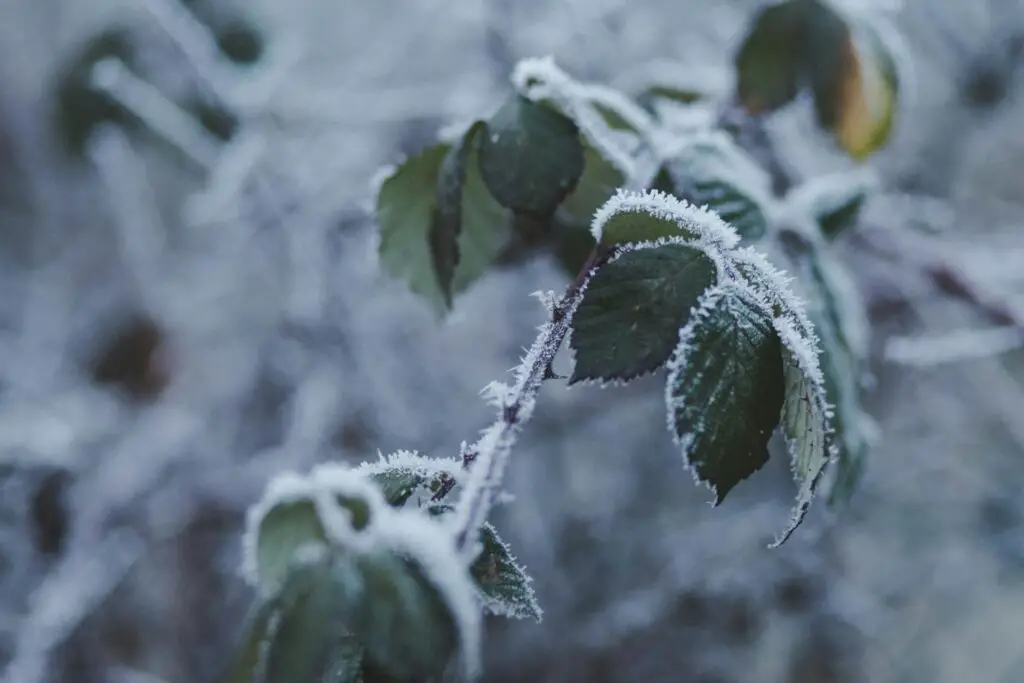
Your perennials might be shivering in their boots (or roots) if you’re not giving them the winter TLC they need. When the frost hits, failing to protect your plants can lead to a full-on seasonal ghosting. Experts explain that without proper overwintering—like deep watering, mulching, and covering tender species—your green friends are set up for a chilly demise. In fact, The Spruce breaks down exactly why neglecting winter prep is a recipe for disaster. It’s not just about surviving the cold; it’s about priming your plants to pop back in spring like they never left. Think of it as wrapping yourself in a cozy blanket on a frosty night. When you skip these steps, your perennials can’t store the energy they need for a strong comeback.
To fix this, invest a little time in planning your winter garden strategy and consider adding extra insulation around the base of your plants. Adjust your watering schedule before the freeze to ensure roots are well-hydrated without being soggy. Mulch generously to buffer against temperature swings and protect delicate crowns. Cover the most sensitive varieties with breathable fabric or cloches to fend off frostbite. Monitor local weather and be proactive if a cold snap is imminent. Remember, a little pre-winter effort goes a long way toward a blooming spring.
2. Overwatering Dilemmas
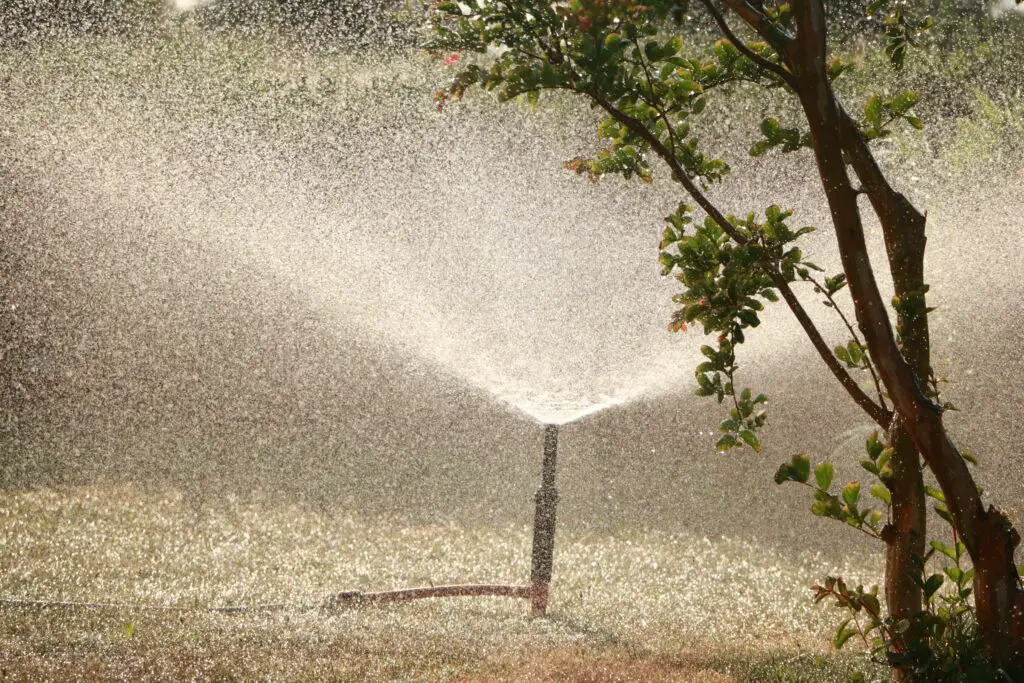
If your perennials are drowning rather than thriving, you might be overwatering them into oblivion. Constantly soaking your garden can lead to root rot and an overall soggy mess that even the hardiest plant can’t handle. Many green thumbs learn the hard way that more water isn’t always better; sometimes, less is definitely more. According to Pilea, too much H₂O can suffocate roots and invite nasty pathogens. Overwatering sends your plants into a state of chronic stress, leaving them vulnerable to disease. It’s like forcing your friend to drink an entire gallon of iced latte in one sitting—eventually, they’ll crash. Your garden deserves a balanced hydration routine, not a non-stop waterfall.
To remedy this, check your soil moisture before watering and let the top inch dry out between sessions. Invest in a moisture meter if your intuition isn’t cutting it. Switch to drip irrigation or a soaker hose to control the water flow more precisely. Make sure your pots and beds have proper drainage to avoid waterlogging. Adjust your watering schedule seasonally to match your plants’ needs. And finally, listen to your plants—they’ll tell you when they’re thirstier than a desert cactus.
3. Poor Drainage Disasters
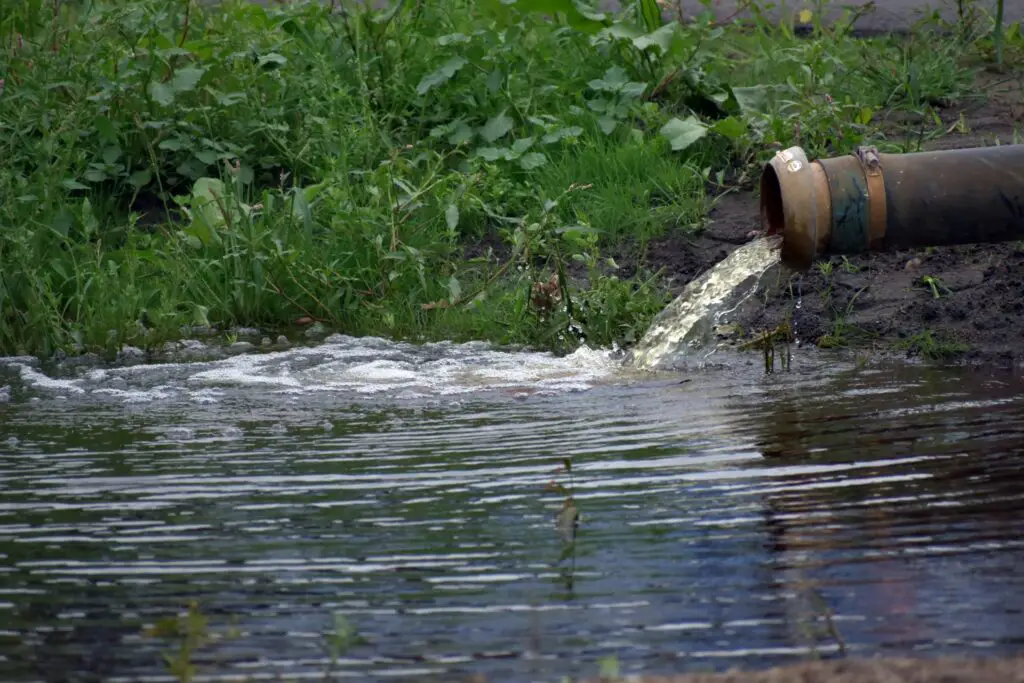
When your soil turns into a swamp, your perennials are practically begging for rescue. Poor drainage means excess water can pool around roots, leading to rot and fungal nightmares that sap your plants’ energy. Your garden isn’t a fish tank, so waterlogged soil is a no-go for healthy growth. Millcreek Gardens highlights how inadequate drainage can quickly become the downfall of your once-thriving perennials. Without proper water movement, oxygen can’t reach the roots, and your plants become a breeding ground for disease. It’s like trying to run a marathon while wading through quicksand—totally exhausting and ultimately unsustainable. When drainage fails, your perennials will struggle to absorb the nutrients they desperately need.
To combat this, amend your soil with organic matter or sand to improve its texture. Consider raised beds or installing drainage systems if water pooling is a chronic issue. Evaluate your garden’s layout and ensure water has an escape route. Adjust your watering techniques to avoid oversaturation. Regularly check your soil’s condition and act before problems escalate. Taking these steps will help your plants breathe easier and grow stronger.
4. Pest and Disease Invasions
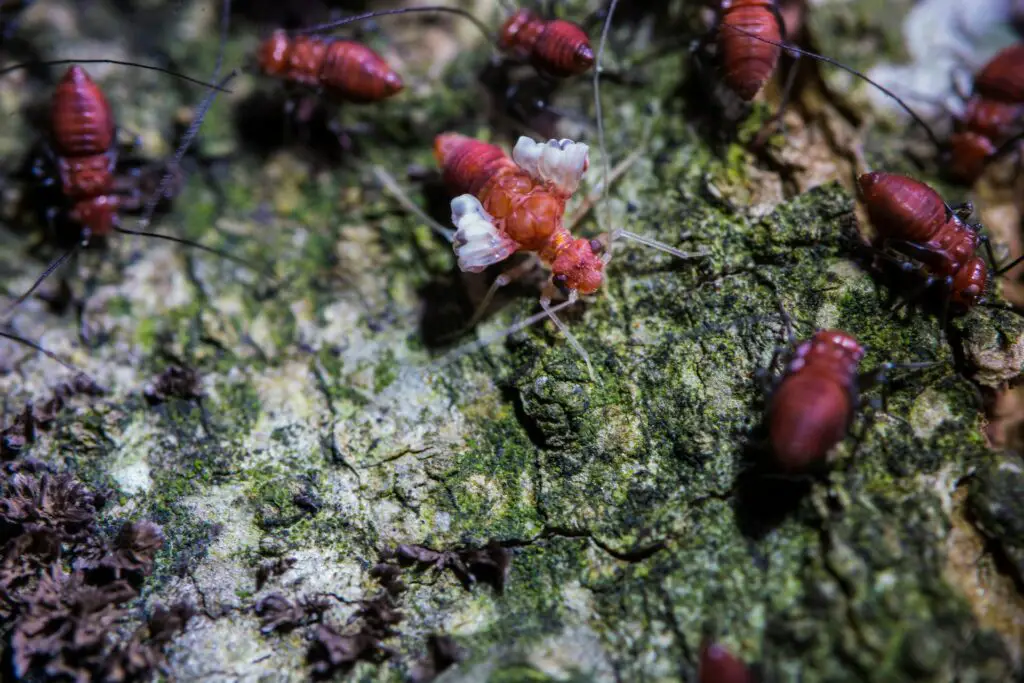
Nothing ruins a garden vibe faster than an unexpected pest party crashing the scene. Insects and fungal diseases can ambush your perennials when you least expect it, turning your lush blooms into a battleground of decay. These pesky invaders sap nutrients and stress your plants out, making them more likely to throw in the towel. Southern Living offers some killer advice on how pruning can help reduce the spread of these unwanted guests. From aphids to powdery mildew, pests and diseases thrive when you neglect routine maintenance. A proactive approach in monitoring and managing infestations is key to keeping your garden happy. Your perennials need a pest-free zone to truly shine, so don’t let these critters call the shots.
Start by inspecting your plants regularly for any early signs of trouble. Use organic or targeted pesticides to keep populations under control. Prune away any diseased or damaged parts to prevent the spread of infection. Ensure proper spacing between plants to improve air circulation. Clean your gardening tools between uses to avoid cross-contamination. And remember, a little extra vigilance goes a long way in keeping your garden critter-free.
5. Cold Damage Catastrophes
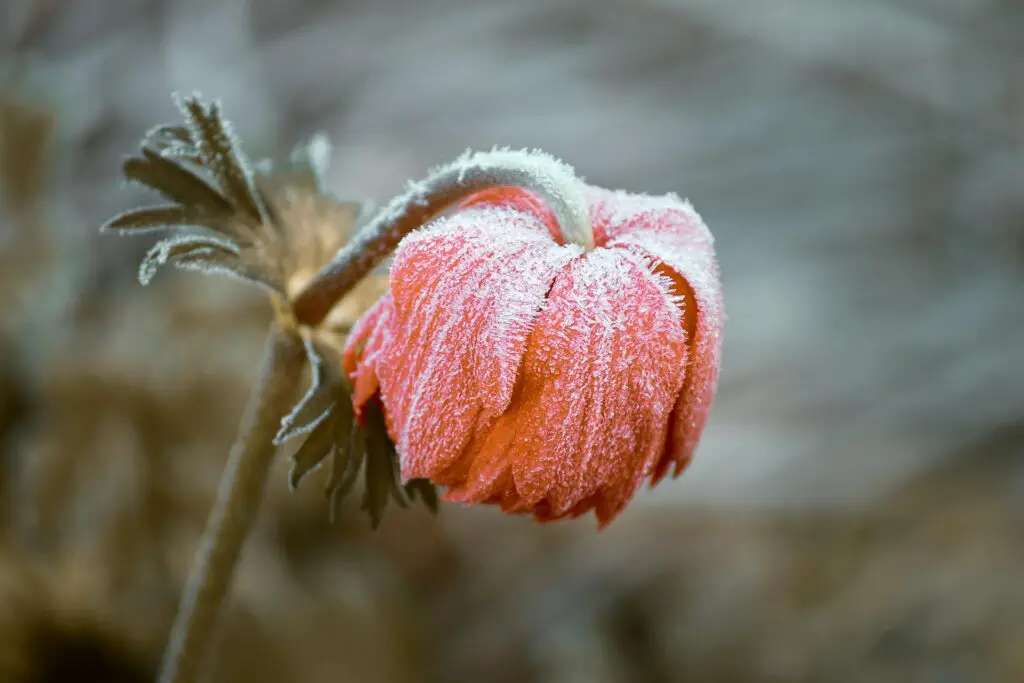
When winter hits hard, some perennials simply aren’t built to brave the chill without a little extra help. Cold damage can cause your tender plants to blacken and die back, leaving you with a garden that looks more like a frozen wasteland than a vibrant oasis. Not all perennials are winter warriors, and if you’re not careful, you might be sacrificing some of your favorites to the frost. Better Homes & Gardens explains how even plants considered perennials can fall victim to harsh cold if they’re not properly protected. Frostbite isn’t just for humans; it can wreak havoc on your plant tissues too. When temperatures plummet unexpectedly, your perennials need an extra layer of defense to survive. Without this protection, they may never recover from the cold shock.
To prevent cold damage, consider using frost cloths or building low tunnels over your vulnerable plants. Dig up tender perennials and store them indoors during extreme cold spells if necessary. Apply a thick layer of mulch to insulate the roots and stabilize soil temperature. Monitor weather forecasts closely and take action at the first sign of a freeze. Choose cold-hardy varieties if you live in a frosty zone. With a few strategic moves, you can help your plants weather the winter with minimal casualties.
6. Soil Nutrient Deficiencies
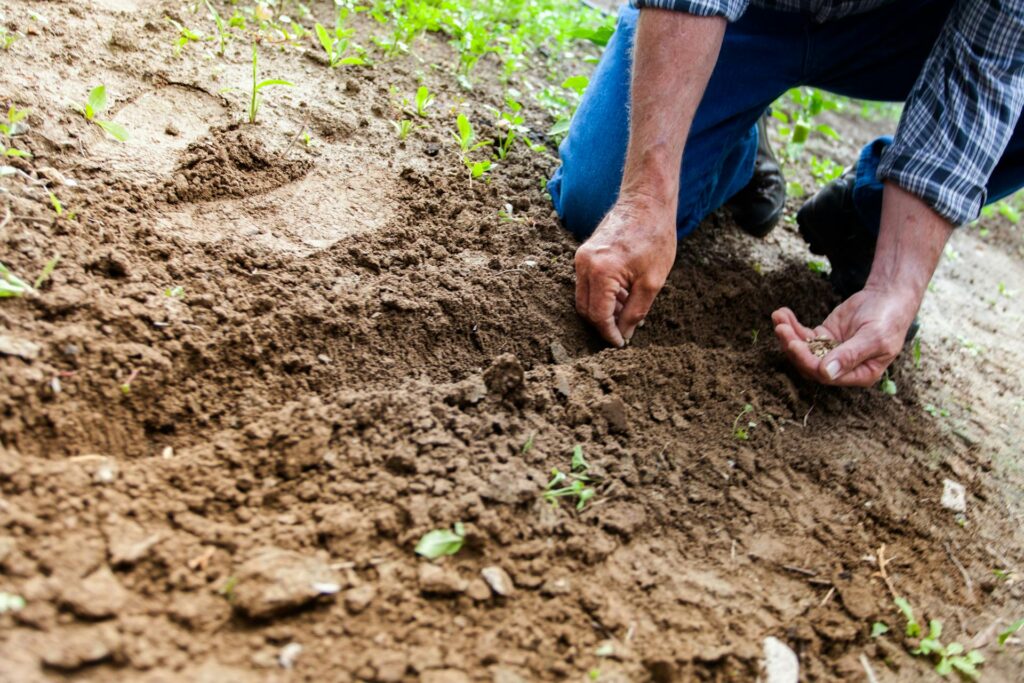
Sometimes your perennials just aren’t getting the right fuel to keep their vibrant energy flowing. When your soil lacks essential nutrients like nitrogen, phosphorus, and potassium, your plants can become weak, leading to poor growth and even premature death. It’s like trying to run on empty when you really need a full charge—no wonder your blooms are looking blah. A nutrient-starved garden will always struggle to compete with well-fed neighbors, so it’s crucial to test your soil and amend it as needed. Consistent feeding and organic matter can work wonders on revitalizing tired perennials. Remember, every plant has its own dietary needs, and neglecting them can turn your garden into a nutritional wasteland. Without proper nutrition, your perennials will never reach their full potential.
Start by performing a soil test to pinpoint deficiencies and adjust your fertilization strategy accordingly. Incorporate compost or well-rotted manure to boost organic content. Use balanced fertilizers that cater to the specific needs of your plants. Rotate your crops and perennials to avoid depleting the same nutrients year after year. Supplement with micronutrients if necessary. With a little extra care, your garden can transform into a nutrient-rich haven where perennials thrive.
7. Insufficient Sunlight Exposure

Even the most resilient perennials need their daily dose of sunshine to truly flourish. When your plants are stuck in a shady corner or smothered by overgrown neighbors, they can’t photosynthesize properly, leaving them weak and spindly. Lack of sunlight is like trying to charge your phone in a blackout—it just won’t work. Your perennials might stretch out desperately toward any available light, only to end up with pale, droopy leaves and stunted growth. It’s important to assess your garden layout and ensure that every plant is receiving enough light to perform its best. Remember, sunshine is the ultimate plant power-up that fuels growth and vibrant blooms. Without it, even the hardiest perennials will struggle to survive.
Consider pruning overhanging branches or relocating shade-tolerant species to darker areas of your garden. Reflect on your garden’s orientation and adjust plant placement to maximize sun exposure. Remove any clutter or invasive growth that blocks sunlight from reaching your perennials. Supplement with reflective surfaces if natural light is scarce. Regularly check that your garden is receiving optimal light throughout the day. With a few adjustments, you can ensure that your perennials bask in the glow they need to thrive.
8. Wrong Planting Depth
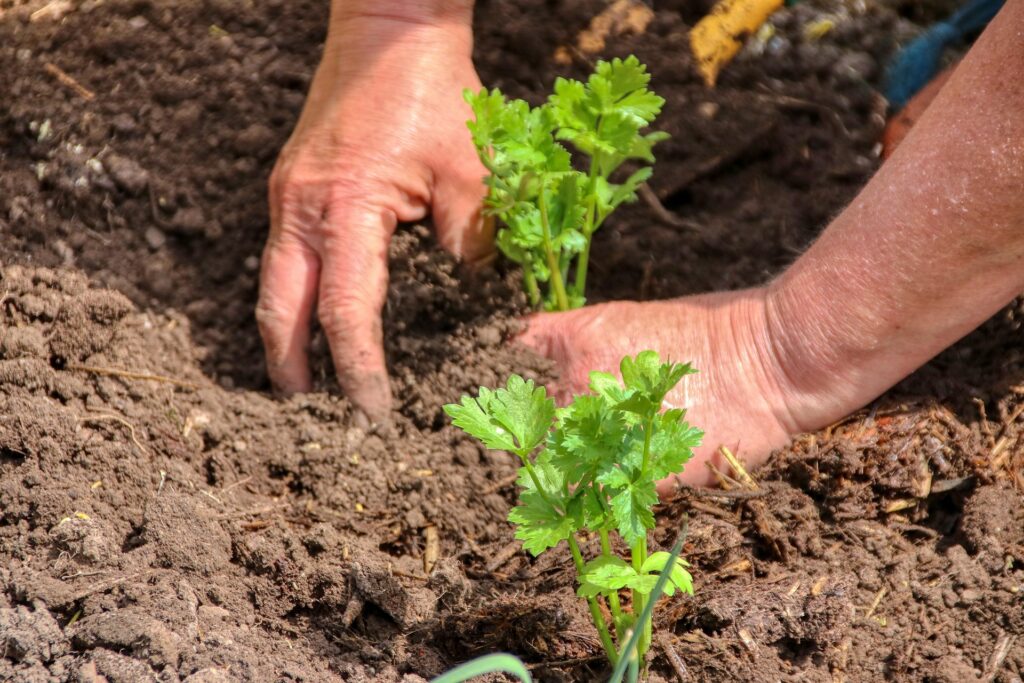
Planting your perennials at the wrong depth is like wearing your sneakers on the wrong feet—it just isn’t going to work. When plants are buried too deeply or not deep enough, their roots can suffocate or dry out, respectively, leading to a host of problems. Your garden’s success depends on following the specific depth recommendations for each species, which can vary widely. If your perennials are planted at the wrong level, they may struggle to establish a robust root system and eventually fade away. Incorrect depth can also expose plants to temperature extremes and water stress, further jeopardizing their survival. It’s a rookie mistake that can quickly turn a promising garden into a graveyard of good intentions. The secret is in the details: read the label, follow the instructions, and give your plants the space they need to root properly.
To remedy this, carefully dig planting holes that match the depth of the nursery pot your plant came in. Adjust the soil level as needed before planting and firm the soil gently around the base. Mulch around the plants to help stabilize the soil temperature and moisture. Monitor the plants closely in their first few weeks to ensure they’re establishing well. Replant any that look stressed or out of place. With a bit of extra attention at planting time, you can avoid the common pitfall of improper planting depth.
9. Root Competition Chaos

When perennials are packed too close together, they end up in a cutthroat battle for water, nutrients, and space. Overcrowding forces roots to compete, which can stunt growth and make plants more vulnerable to disease and stress. Imagine trying to have a conversation in a room full of noisy people—no one gets the attention they deserve. This root competition is especially problematic in established gardens where newer plants struggle to get a foothold. Not only do crowded roots lead to weaker plants, but they also make it harder for you to spot and treat any issues that arise. Adequate spacing is essential to let your perennials spread out and thrive. It’s time to break up the party and give each plant its personal space.
Thin out your garden by carefully removing or transplanting excess plants to reduce competition. Consider dividing perennials every few years to keep them healthy and vigorous. Reorganize your garden layout to allow for optimal spacing and root expansion. Use organic mulches to help moderate soil moisture and temperature while giving roots room to breathe. Regularly assess your garden’s density and intervene early if overcrowding becomes an issue. With a little strategic planning, you can turn root chaos into a harmonious growing environment.
10. Drought and Water Stress

While overwatering can drown your perennials, too little water is equally unforgiving, leaving them parched and desperate for hydration. In drought conditions, plants may wilt, turn brown, and eventually give up without proper care. Water is the lifeblood of any garden, and when it’s scarce, even the hardiest perennials struggle to survive. Your plants might display signs of stress like curling leaves and stunted growth when they don’t get enough of that H₂O. This imbalance not only weakens the plants but also makes them more susceptible to pests and diseases. It’s all about finding that sweet spot where your perennials are neither drowning nor dying of thirst. Consistent, deep watering is key to maintaining their vitality.
To combat drought stress, water your garden deeply and infrequently rather than giving it a daily sprinkle. Install a drip irrigation system or soaker hoses to provide a steady, controlled water supply. Mulching can help conserve moisture by reducing evaporation from the soil surface. Adjust your watering schedule based on seasonal weather patterns and plant needs. Consider drought-resistant varieties if you live in an arid region. With mindful watering practices, you can keep your perennials hydrated and happy even during dry spells.
11. Lack of Mulch and Insulation
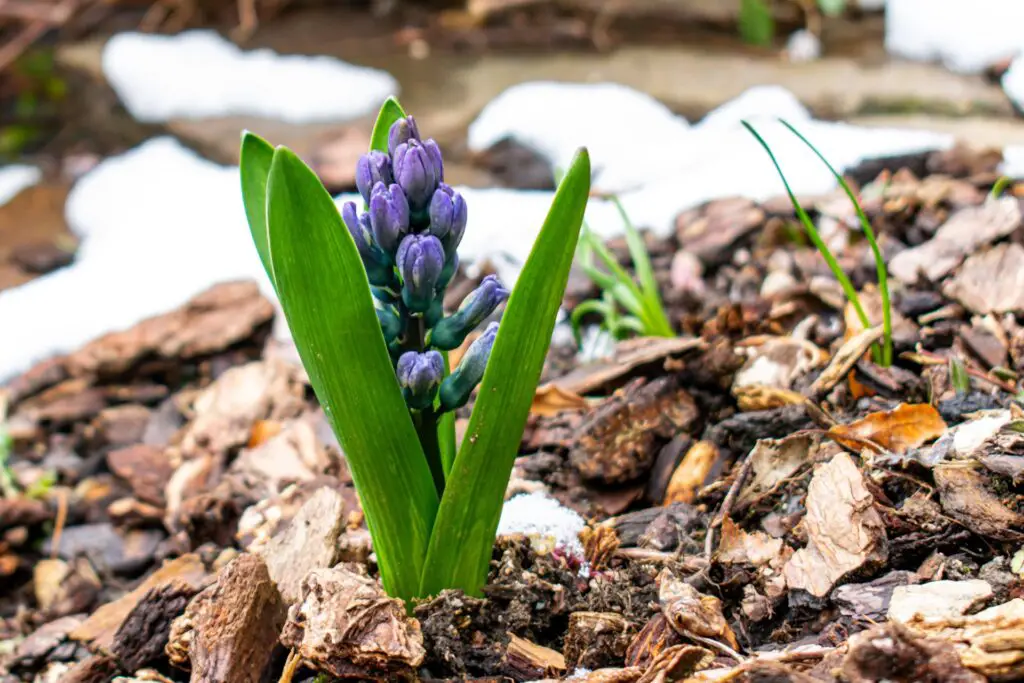
Skipping mulch is like showing up to a winter party without a jacket—it leaves your perennials exposed to the elements. Mulch acts as a natural insulator, regulating soil temperature and retaining moisture while keeping weeds at bay. Without this protective layer, your plants’ roots can suffer from extreme temperature fluctuations and rapid moisture loss. Mulching also provides a slow-release source of nutrients as it breaks down, giving your perennials an extra boost. It’s a simple step that can make a world of difference in the overall health of your garden. Not mulching is an oversight that might be costing your plants their vitality and longevity. In short, mulch is the unsung hero of a resilient garden.
Spread a generous layer of organic mulch around the base of your perennials each fall and top up as needed throughout the growing season. Choose mulch types that complement your soil and plant needs, such as wood chips, straw, or compost. Keep the mulch a few inches away from the plant stems to prevent rot. Monitor the mulch layer to ensure it isn’t compacted, which can impede water flow. Refresh the layer annually to maintain its insulating benefits. By prioritizing mulch, you’re giving your perennials the extra protection they need to thrive.
12. Improper Pruning Practices
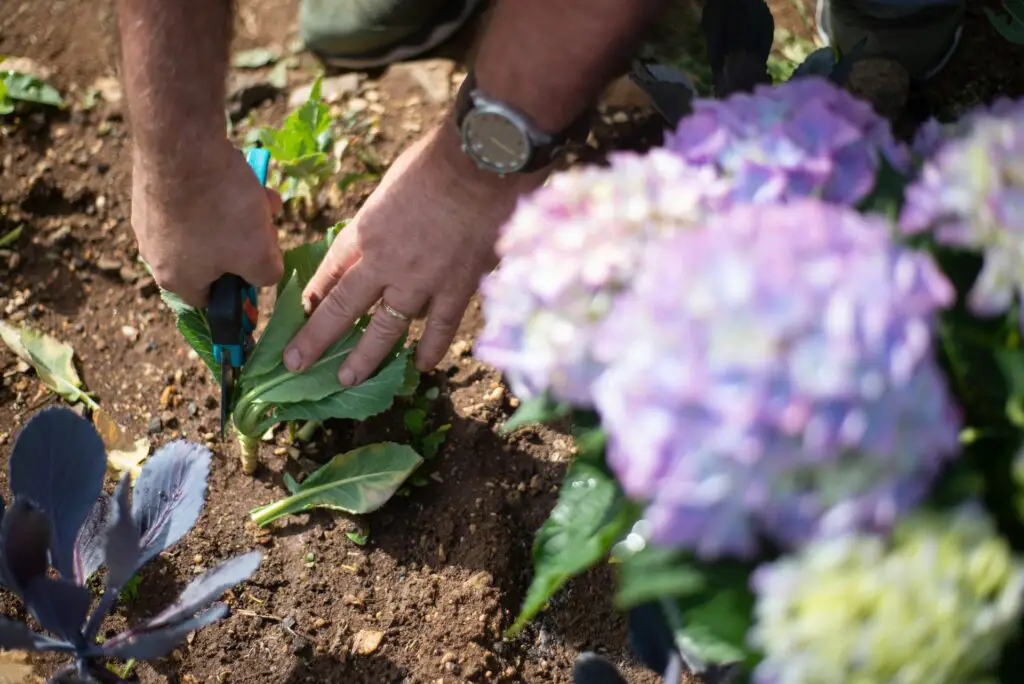
Wrong-time or overly aggressive pruning can be just as damaging as neglecting your perennials altogether. When you cut back too much or at the wrong moment, you risk removing vital energy reserves that the plant relies on for growth. Pruning isn’t just about aesthetics—it’s a critical maintenance task that, if done improperly, can leave your plants vulnerable to stress and disease. Knowing when and how much to trim is an art that requires a bit of research and intuition. If you’re clumsily hacking away at your blooms, you might be dooming your perennials to a slow, painful decline. It’s like overzealously editing your favorite playlist and losing all the good tracks. A gentle, well-timed trim is all your plants really need to bounce back stronger.
Learn the proper techniques for pruning each type of perennial in your garden by consulting trusted resources and observing your plants’ natural growth cycles. Use clean, sharp tools to make precise cuts that minimize damage. Avoid cutting into healthy, vigorous growth unless absolutely necessary. Focus on removing dead or diseased sections while preserving as much foliage as possible. Schedule your pruning sessions during the plant’s dormant phase to reduce shock. With careful, informed pruning, you can set the stage for a vibrant, healthy new season.
13. Transplant Shock Turmoil
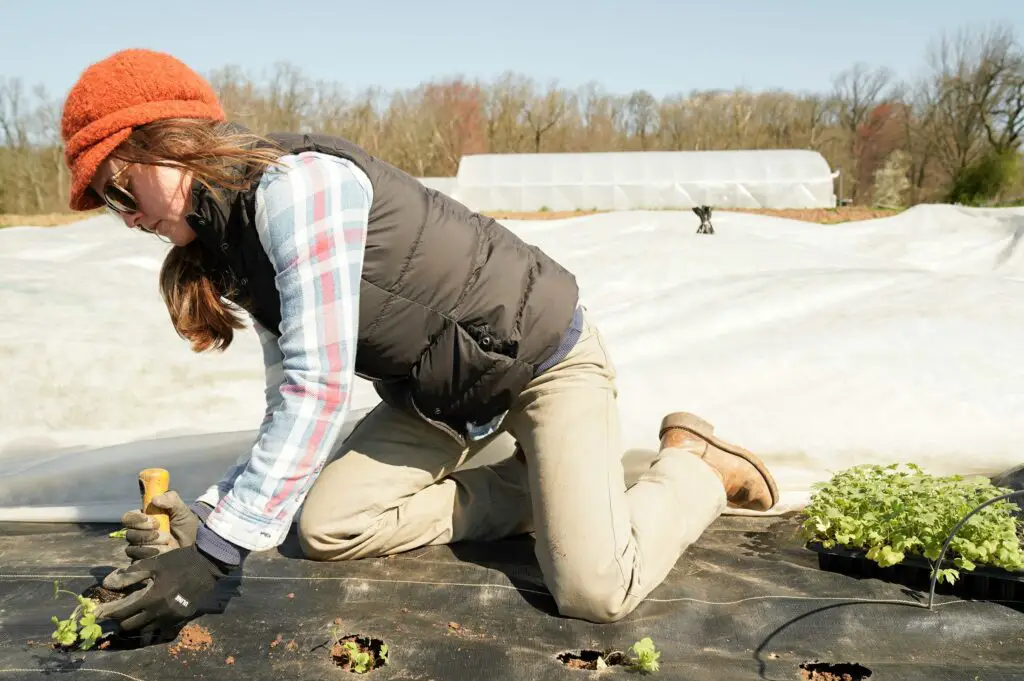
Moving perennials around might seem like a fresh start, but transplant shock can send them into a tailspin if you’re not careful. When you uproot and replant, the disruption to their established roots can cause stress, stunting growth and even leading to plant death. It’s similar to moving houses without packing properly—the transition can be rough if you’re unprepared. New gardeners often overlook the gradual acclimation process that plants need after being transplanted. The sudden change in soil, light, and water conditions can leave your perennials gasping for stability. Even well-established plants can struggle if the move isn’t handled with care. Transplant shock is a harsh reality that can quickly derail an otherwise thriving garden.
To ease the transition, water your plants thoroughly before and after transplanting to minimize root stress. Dig wide and deep to avoid damaging the root ball during the move. Gradually acclimate your perennials to their new location by exposing them to the new conditions slowly over a few days. Add a layer of compost or organic matter to help them settle into the new soil. Monitor them closely for signs of stress and adjust care routines accordingly. With patience and proper technique, you can reduce transplant shock and help your perennials adjust happily to their new home.
14. Chemical Damage from Herbicides

Sometimes the villain in your garden isn’t a bug or a fungus—it’s that stray spray of herbicide that catches your perennials in its crossfire. Chemicals meant to kill weeds can inadvertently harm your precious plants, causing distorted growth and even tissue death. Herbicide drift or overapplication can result in symptoms ranging from leaf burn to complete plant collapse. It’s a harsh reminder that in our quest for a pristine garden, we sometimes go too far and end up sabotaging our own efforts. Overreliance on synthetic chemicals can disrupt the natural balance of your garden and leave your perennials reeling. When chemicals attack, the damage can be swift and unforgiving, much like a bad meme going viral for all the wrong reasons. Your plants deserve a gentler touch that respects their natural resilience.
To protect your perennials, use herbicides sparingly and always follow the label instructions to the letter. Consider organic or mechanical weed control methods that are less likely to harm your garden’s ecosystem. Apply chemicals on calm days to reduce the risk of drift onto nearby plants. Shield vulnerable perennials by covering them during spraying, if necessary. Regularly monitor your garden after chemical applications for any signs of damage and act quickly if issues arise. By taking a cautious approach, you can keep your garden chemical-friendly and your perennials thriving.
15. Old Age and Natural Senescence
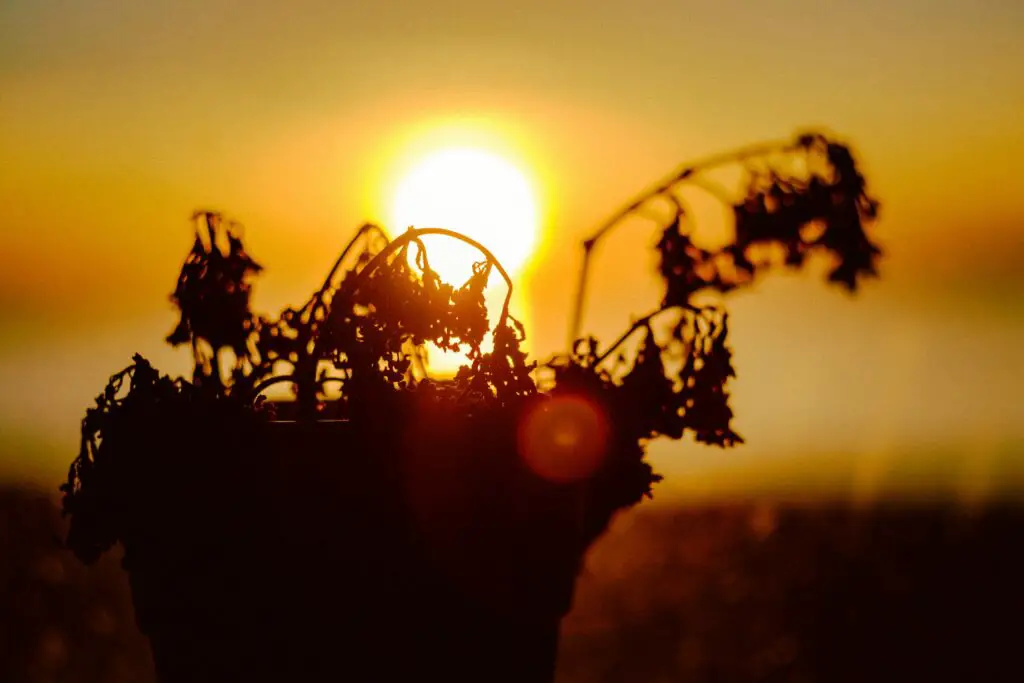
Sometimes, despite your best efforts, your perennials simply reach the end of their natural life cycle—and that’s okay. Just like us, plants age, and over time even the once-lush perennials can become tired and worn out. Natural senescence is a process where older parts of the plant gradually die off, making room for new growth. It’s a bittersweet part of gardening that reminds you that nothing lasts forever, no matter how much you love it. While it might be painful to see your long-time favorites fade away, it also opens the door for fresh, vigorous new growth. Embracing this cycle can lead to a more dynamic and resilient garden over the years. Aging is inevitable, but with a little care, your garden can continually renew itself.
If you notice your perennials are consistently underperforming despite proper care, it might be time to consider a refresh. Remove the older, less productive plants to make room for new ones that can bring vibrant energy back to your garden. Incorporate techniques like division or propagation to extend the life of your favorite species. Use nutrient-rich compost to help new growth get off to a strong start. Accept that natural senescence is part of the garden’s cycle and celebrate the beauty in renewal. With this mindset, you can turn the end of one chapter into the exciting start of another in your garden’s story.
